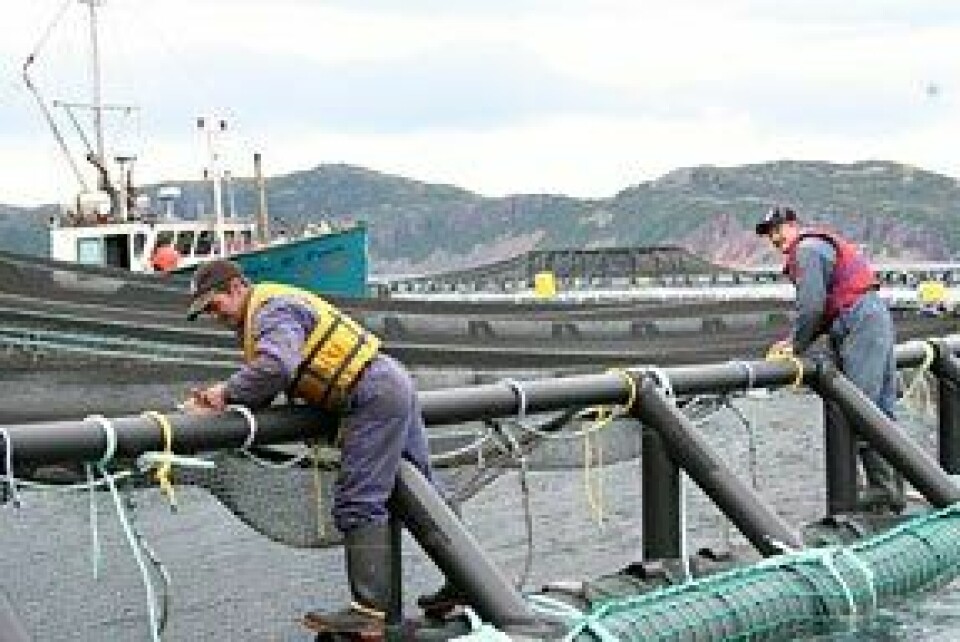
Labour shortages are costing Canadian aquaculture
According to the latest assessments, aquaculture has the largest relative impact from losses due to unfilled vacancies compared to any other food-production sector in Canada.
New figures released by the Canadian Agricultural Human Resource Council (CAHRC) illustrate the increasing challenges that labour constraints are having on Canada's agriculture and agri-food sector, including the aquaculture industry.
According to CAHRC, annual losses to Canadian food producers due to labour vacancies are $1.5 billion, or 3% of the industry's total value in sales and production. This finding is part of new Labour Market Information (LMI) research, which was released during the 'Growing the AgriWorkforce Summit' in Winnipeg earlier this month. These losses reflect a myriad of missed opportunities for producers, resulting from delayed and increased lost production, added costs, or forced changes in plans to expand or upgrade facilities.
The LMI research also revealed that primary agriculture still has the highest industry job vacancy rate, at 7%. The research was based on 2014 figures.
“The situation is critical now and will only get worse unless it is effectively addressed,” explained Portia MacDonald-Dewhirst, CAHRC Executive Director. “The Council has established the necessary collaborative channels with government and industry and now we need to continue to move forward to find solutions.”
The current gap between labour demand and the domestic workforce is 59,000 and projections indicate that by 2025, the Canadian agri-workforce could be short of 114,000 workers. In response, industry efforts have been encouraging young people and workers from other sectors to get into agriculture as a career. Despite this, extensive efforts gaps still exist and a large void in the future is predicted.
Among all agri-food sectors, the CAHRC report revealed that aquaculture is incurring the highest amount of losses, and is continuing to lose.
“Unless we resolve the labour gap we will continue to lose money,” said Dr Cyr Couturier, President of the Newfoundland Aquaculture Industry Association (NAIA). “We need to attract young skilled workers to the aquaculture industry and keep them by providing wages that are more competitive with other sectors.”
CAHRC's research indicates that while the labour shortage is critical today, it will be even more so 10 years from now, with dire consequences for business viability, industry sustainability and future growth. This has the potential to affect food security for Canadian consumers, as well as export potential for Canada's entire agri-food industry.
The summit in Winnipeg aimed to facilitate industry dialogue and collaboration with agriculture leaders, farmers, industry and government officials in addressing agricultural workforce issues.
Highlights of the meeting included an update on the foundational research and recruitment activities being conducted by CAHRC with industry partners – including reaching out to new Canadians and incoming refugees. Concerns were raised about the need to ensure a strong and stable workforce for the industry in order to ensure a stable supply of food products for the Canadian and world markets. With pervasive shortages experienced throughout Canada, industry representatives stressed the need for support from international workers. Discussions turned to the need to streamline the permanent residency process for foreign workers who are willing and skilled at agricultural and agri-food labour.
“Before a problem can be fixed, it has to be understood,” said Mark Wales, Co-chair of the LTF. “We have now facilitated a connection between industry and a network of the people who can make meaningful changes to address the agriculture and agri-food labour shortage issue.”























































